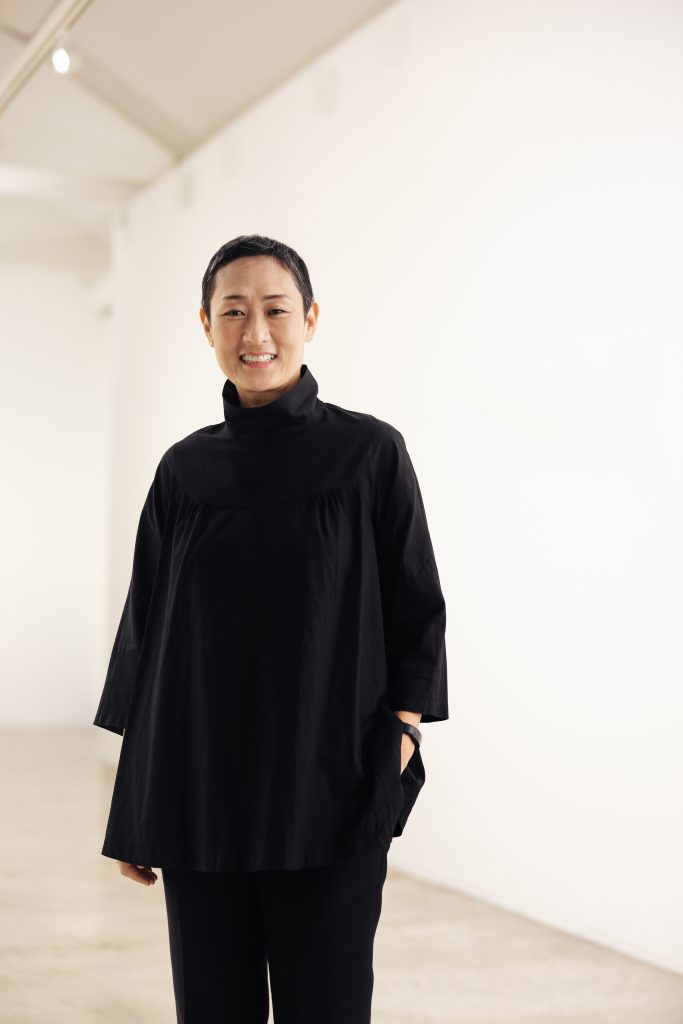Market
The View From: Emi Eu
As the dynamics of the Asian art markets are shifting, cultivating a sustainable art ecosystem is urgently needed in this part of the world.

As the dynamics of the Asian art markets are shifting, cultivating a sustainable art ecosystem is urgently needed in this part of the world.

Emi Eu

The View From is excerpted from The Asia Pivot, Artnet Pro’s biweekly members-only newsletter providing mission-critical analysis, insights, and exclusive intelligence on developments in Asia’s art markets, with a focus on business opportunities and challenges. Subscribe here to receive it directly to your inbox.
We have been hearing a lot about how Asian collectors are increasingly interested in international artists and acquiring their works from international galleries, art fairs, and auctions, prompting western galleries to open outposts in the region. But this is just one part of a bigger picture.
When I attended the opening of Kim Beom’s solo exhibition at Leeum Museum of Art in Seoul earlier this summer, I was struck by how knowledgeable Korean people are about their artists and their artistic careers. He’s certainly not the most visible artist in any art market, but the enthusiasm of the local crowd, be they art lovers or collectors, was extraordinary.
A similar kind of enthusiasm towards homegrown artists and local art histories is bubbling in other countries in Asia as well in recent years. In Vietnam, for example, we witnessed how works by Vietnamese modern masters have been very much in demand locally, and the popularity of and support for Indonesian artists in Indonesia has been very strong and continues to grow. Singaporeans are also trying to claim back their own heritage, snapping up works by their very own masters at auctions.
As people in different parts of Asia are re-examining their countries’ contemporary art heritage against the backdrop of the proliferation of different types of art-buying since the onset of the pandemic, we should pause and reconsider the narratives of the Asian art market.
Places like China, Japan, South Korea, Taiwan, and even Singapore have long histories of art collecting and connoisseurship, but they don’t necessarily focus on contemporary art, which is still something relatively new to this part of the world. Indeed, we have seen a lot more interest from people as young as in their 30s during the Covid years of art market explosion.
Still, the ways of art buying have become so much more fragmented, with some buyers looking merely at the investment value of art. And you can’t expect a contemporary art industry to prosper and sustain long term just because in one year some people decide to buy many artworks.
Art isn’t just about commerce. We need a sustainable art ecosystem for contemporary art to flourish. We need artists, museums, galleries, critics, reviewers, buyers, and collectors, to name a few. All these parties must be present and work together in a very harmonious and workable way to make this ecosystem sustainable. Some places like Japan and South Korea are more advanced in cultivating such an ecosystem, but other places such as Singapore are not quite there yet.
And among these main elements of a healthy art ecosystem, living artists who are still actively working are the most important. You need art and artists of a certain caliber in order to keep the ecosystem sustainable.
But the question is, our tastes—what we deem “good”—may not align with those of the Western press, and even when they do, the art and artists may not get much attention from them. Those great artists may not be covered in Western outlets—and, for now, that attention is quite useful in boosting emerging artists and art markets.
I am hopeful that this will change for the better, because the world is getting smaller and more connected—information travels across the globe faster and more efficiently. It’s just going to take time.
– As told to Vivienne Chow. This was originally published in The Asia Pivot on November 1, 2023.
Emi Eu is the executive director of the STPI – Creative Workshop & Gallery, Singapore and project director of S.E.A. Focus, which is set to return for a sixth edition at Singapore’s Tanjong Pagar Distripark from January 19 to 28, 2024, with the first day as VIP day.